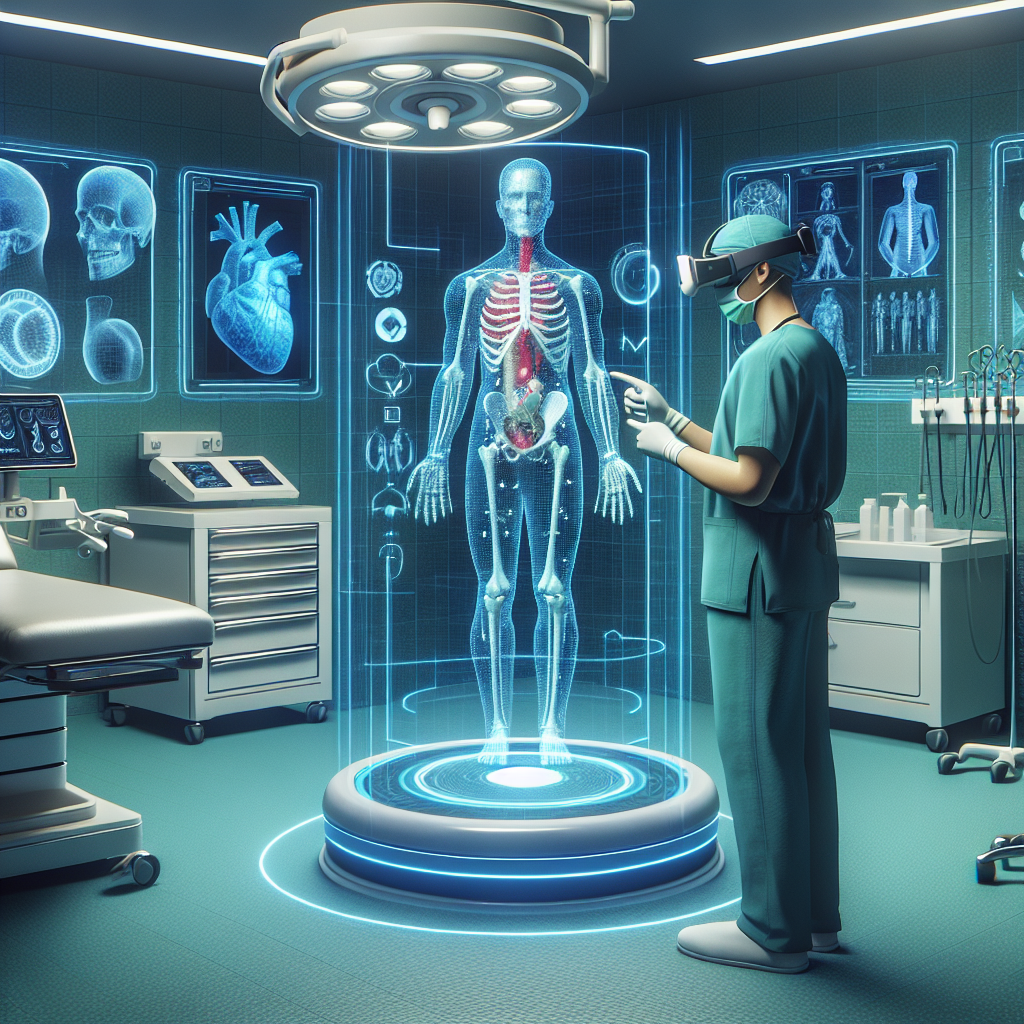Virtual reality (VR) technology has been making waves in various industries, and one of the most promising areas where it is revolutionizing patient care and treatment is healthcare. The use of VR in healthcare is not only transforming the way medical professionals train, diagnose, and treat patients, but also enhancing the overall patient experience.
One of the key benefits of VR in healthcare is its ability to provide immersive training experiences for medical professionals. Surgeons, for example, can practice complex procedures in a realistic virtual environment before performing them on actual patients. This not only improves their skills and confidence, but also reduces the risk of errors during surgery. In addition, VR can be used to train medical students on anatomy and medical procedures in a more engaging and interactive way.
In terms of patient care, VR has the potential to greatly improve the treatment experience for patients. For those undergoing painful procedures or treatments, VR can help distract them and reduce their perception of pain. It can also be used to create calming and relaxing environments for patients, reducing anxiety and stress levels. This can be particularly beneficial for patients with conditions such as anxiety disorders, PTSD, or chronic pain.
Furthermore, VR can be used for rehabilitation and physical therapy. Patients recovering from injuries or surgeries can engage in virtual exercises and activities that are tailored to their specific needs and abilities. This not only makes therapy more enjoyable and motivating, but also allows for more accurate tracking of progress and outcomes.
Another area where VR is making a significant impact is in mental health treatment. Virtual reality exposure therapy has been shown to be effective in treating phobias, PTSD, and other anxiety disorders. By exposing patients to virtual simulations of their fears in a controlled environment, therapists can help them gradually overcome their fears and anxieties.
Overall, the use of VR in healthcare is transforming the way patients are diagnosed, treated, and cared for. It is enhancing the quality of care, improving patient outcomes, and revolutionizing the patient experience. As VR technology continues to advance, we can expect to see even more innovative applications of this technology in healthcare, ultimately leading to better healthcare outcomes for patients around the world.


Leave a Reply